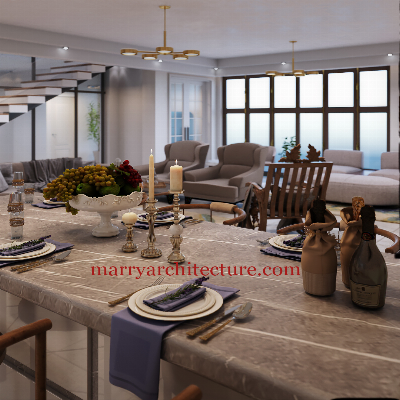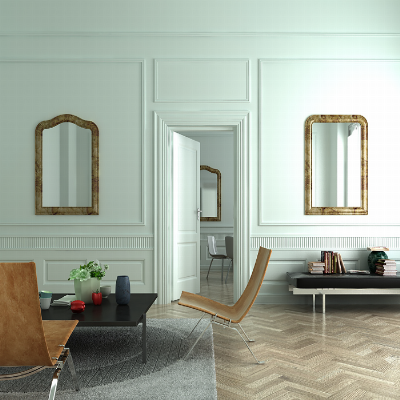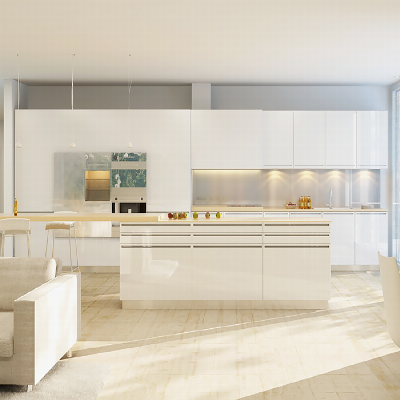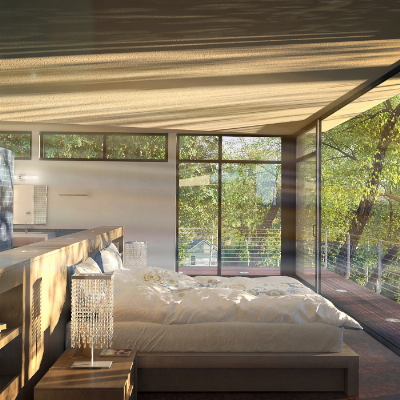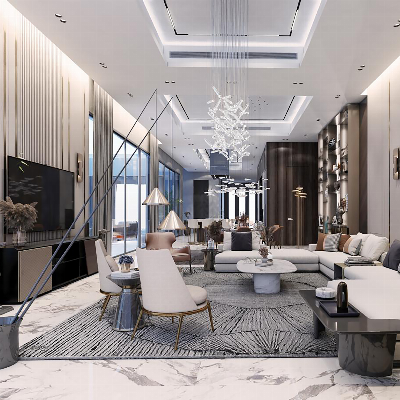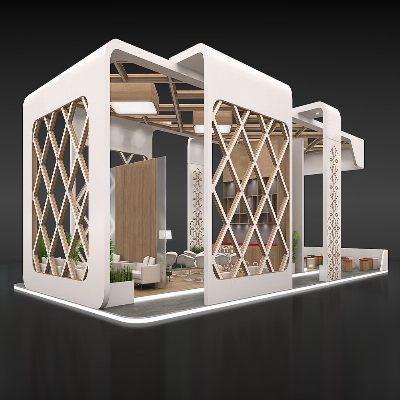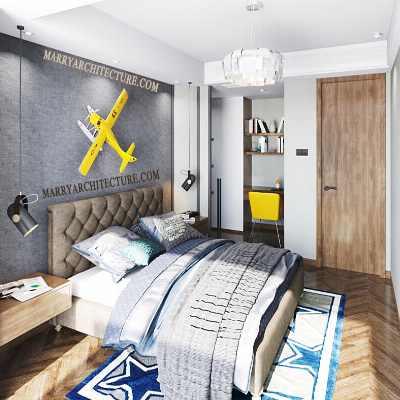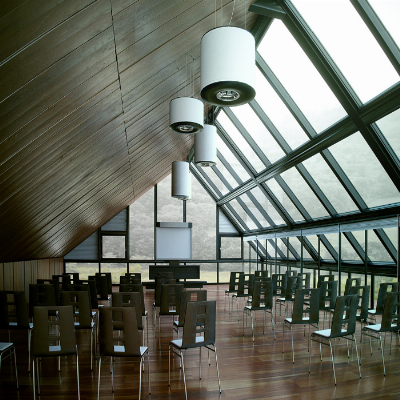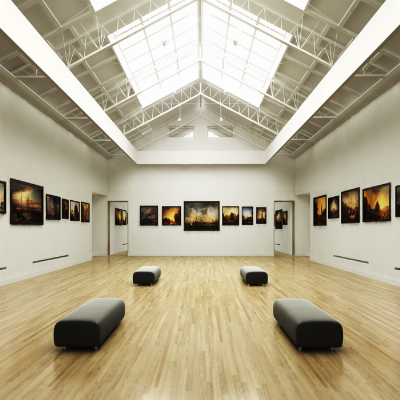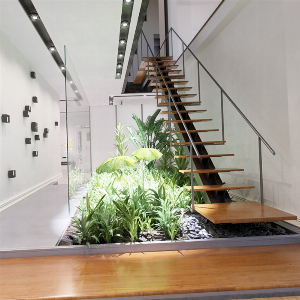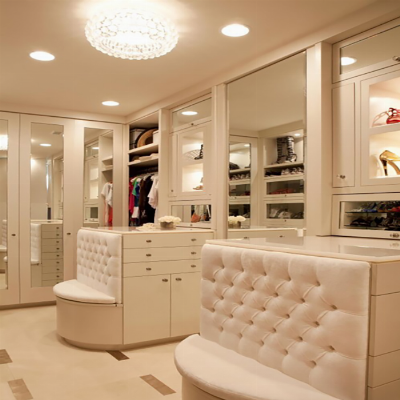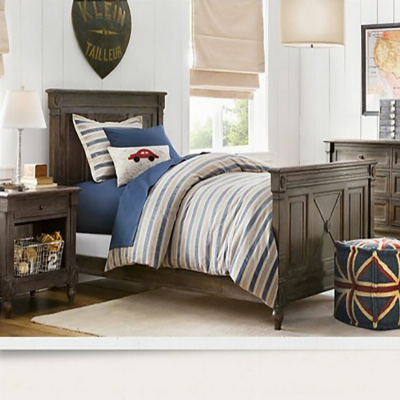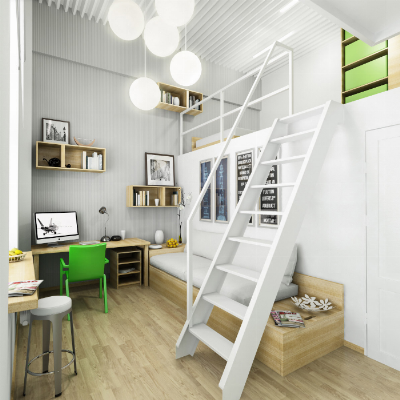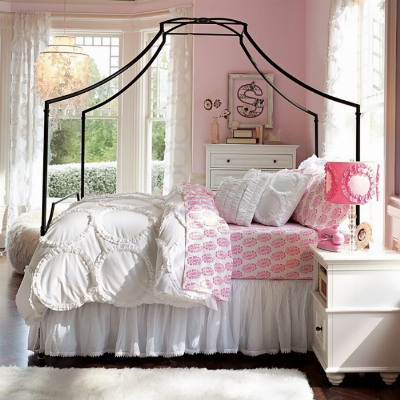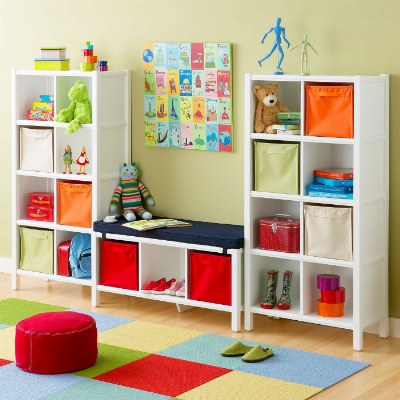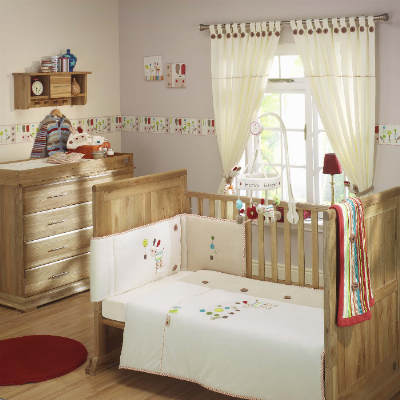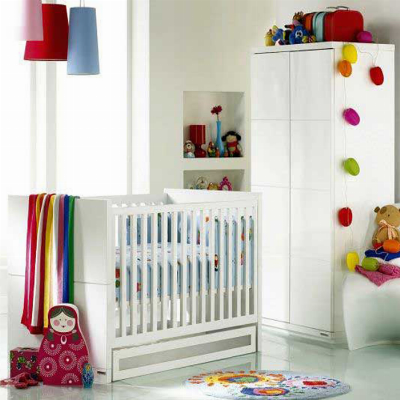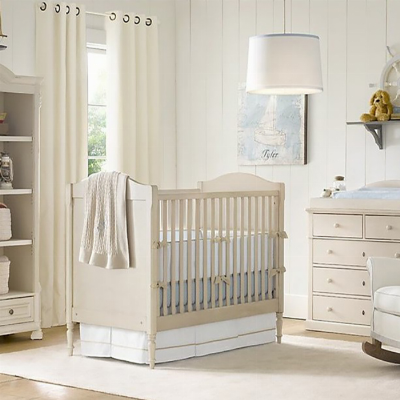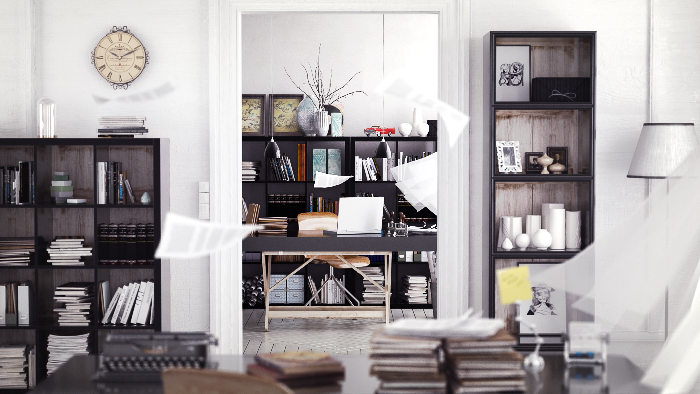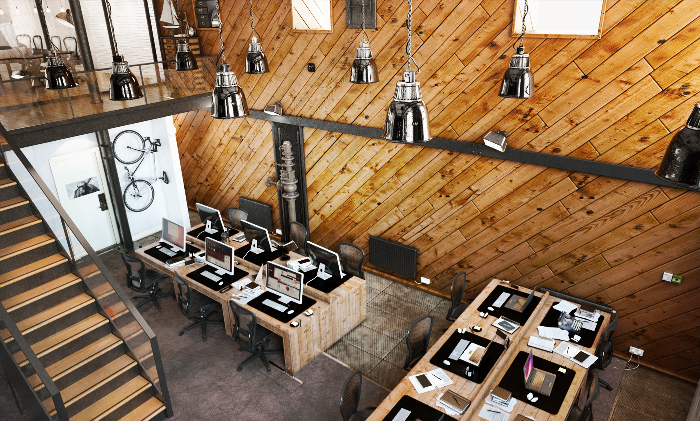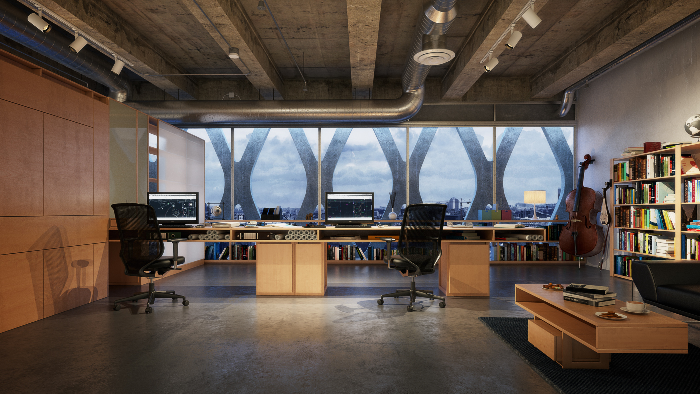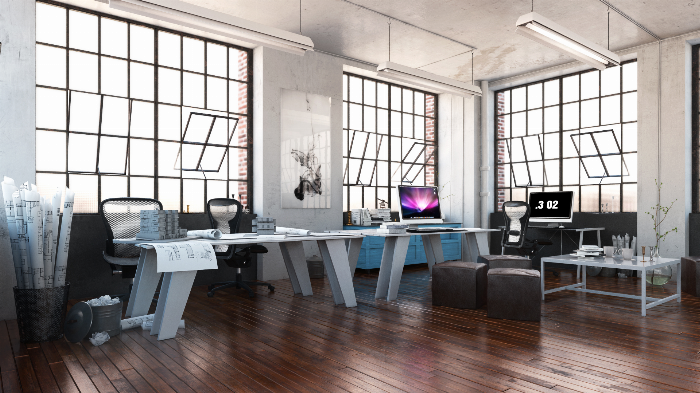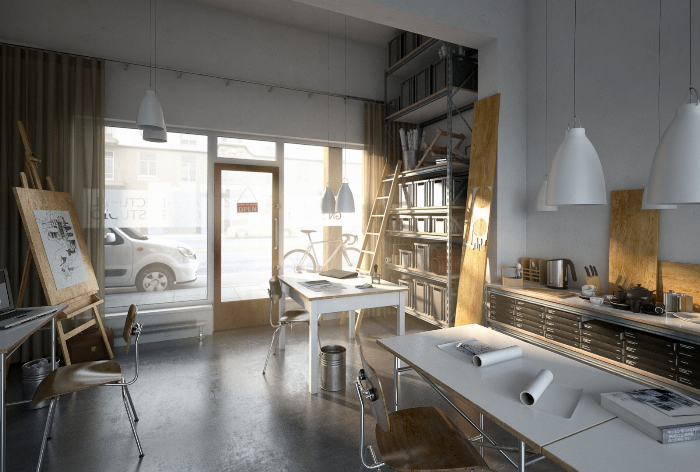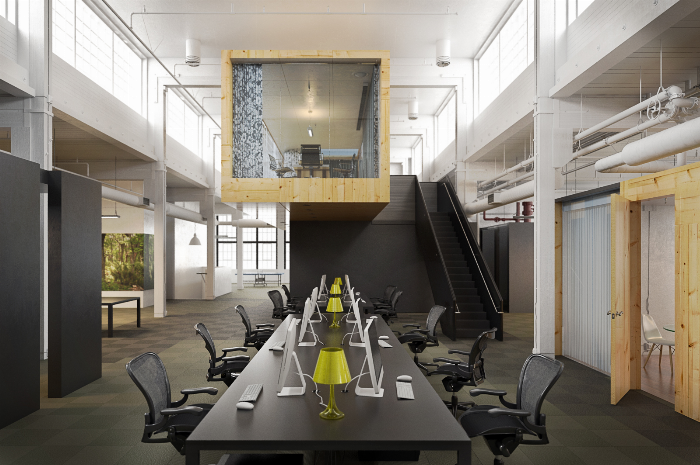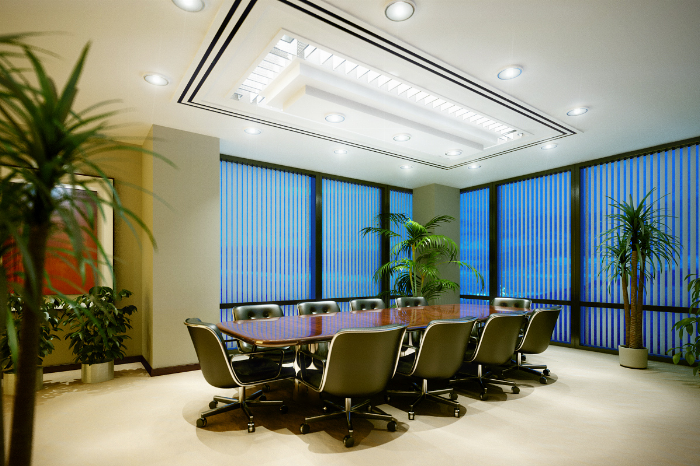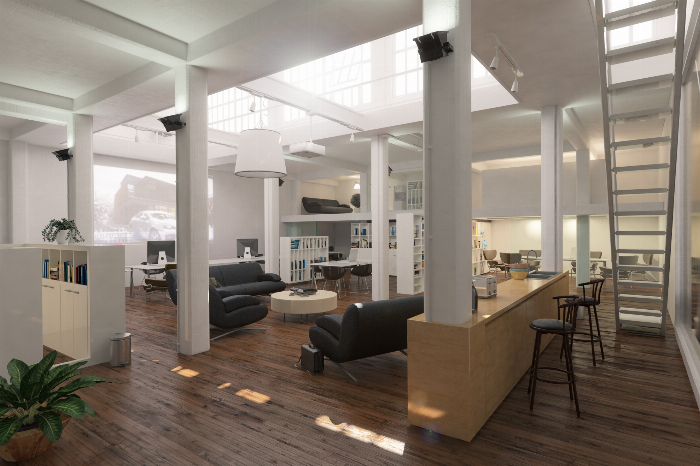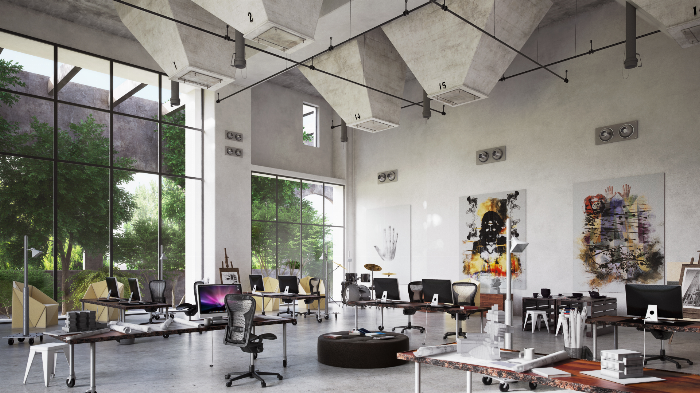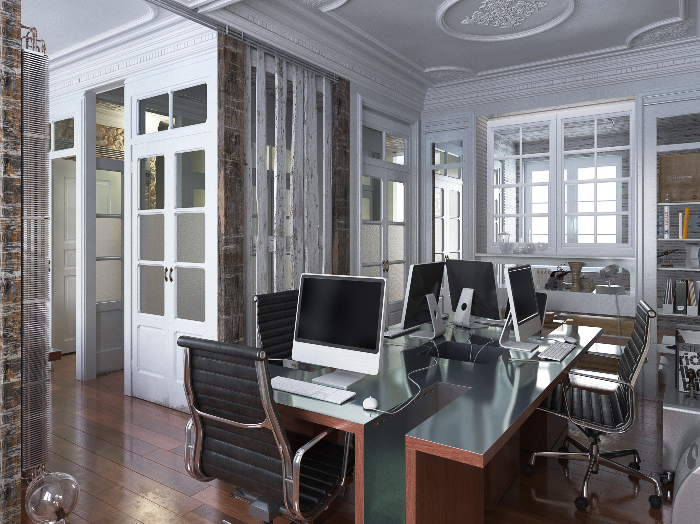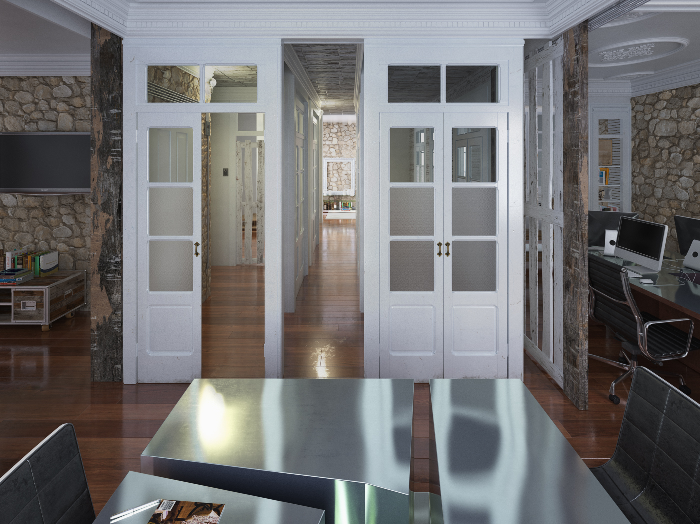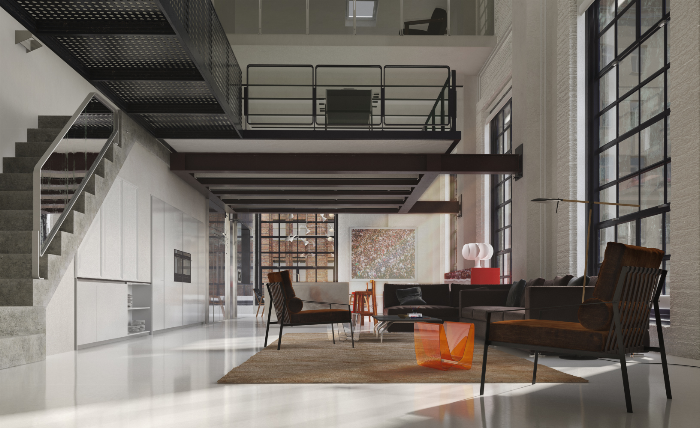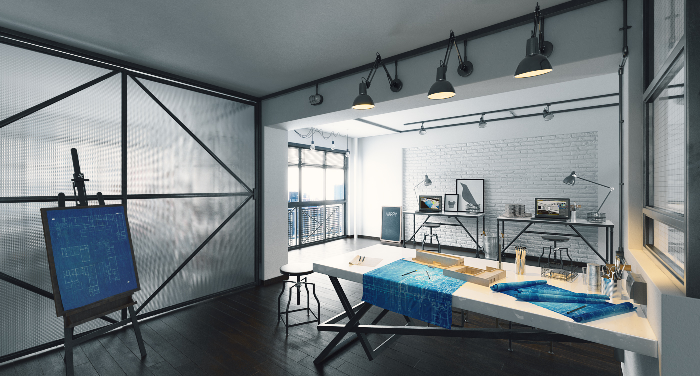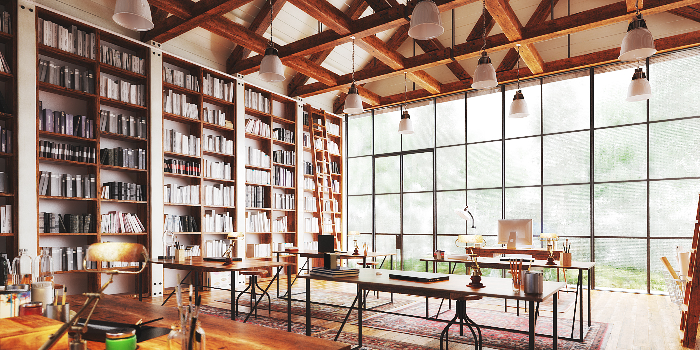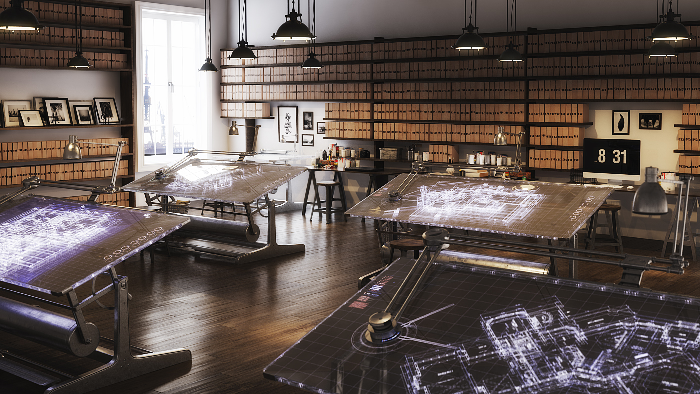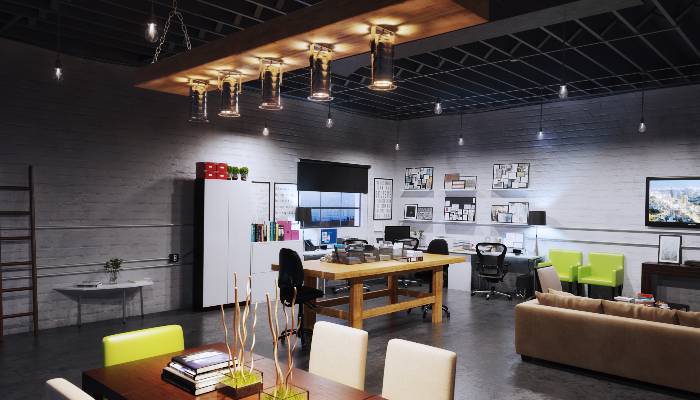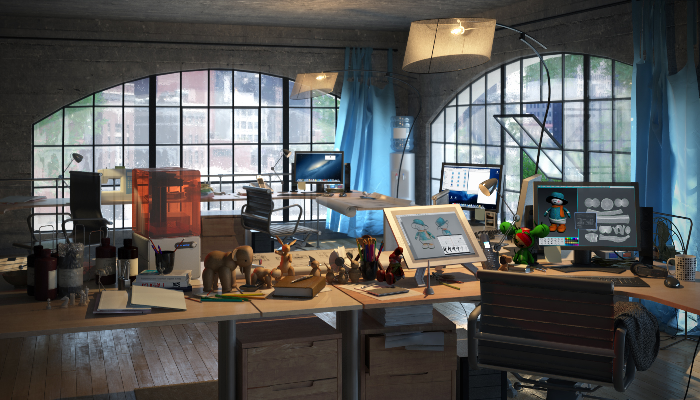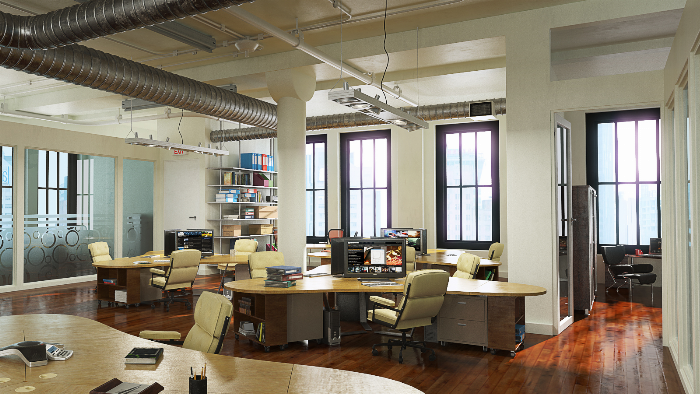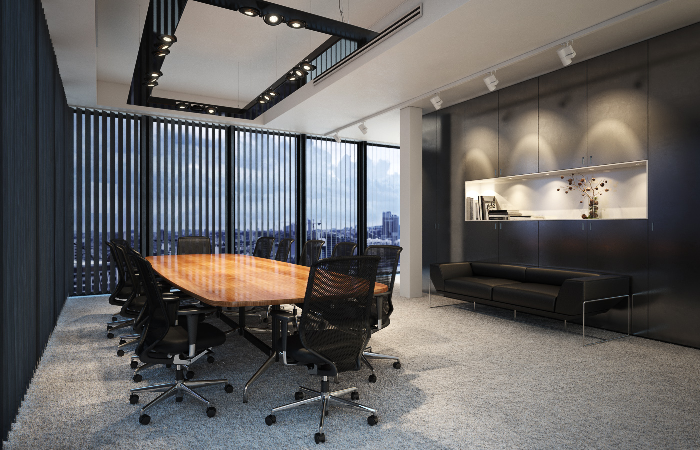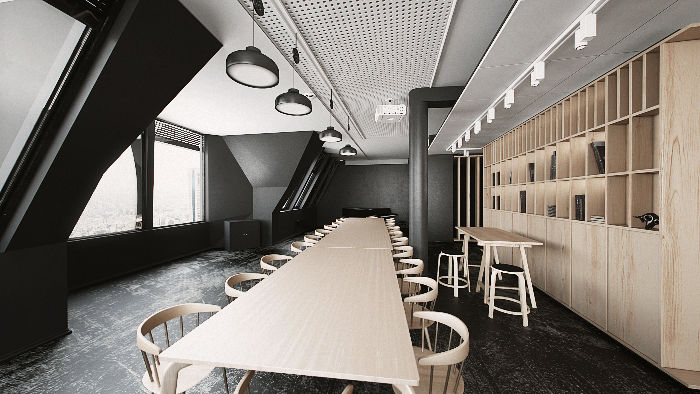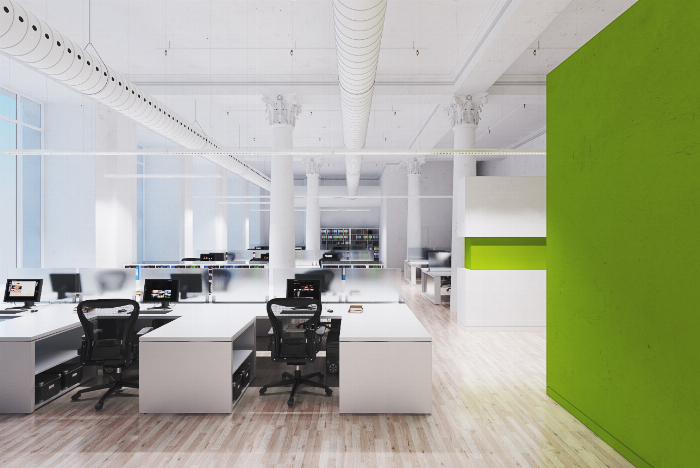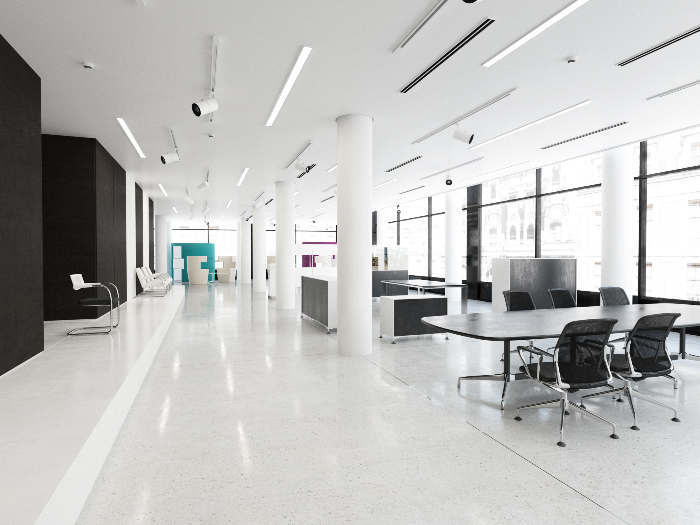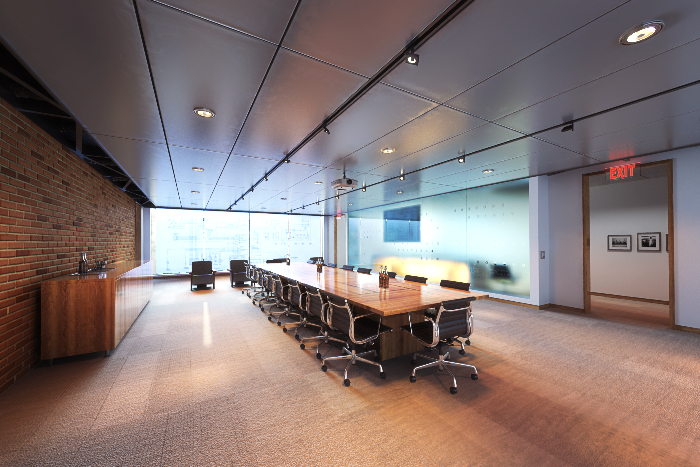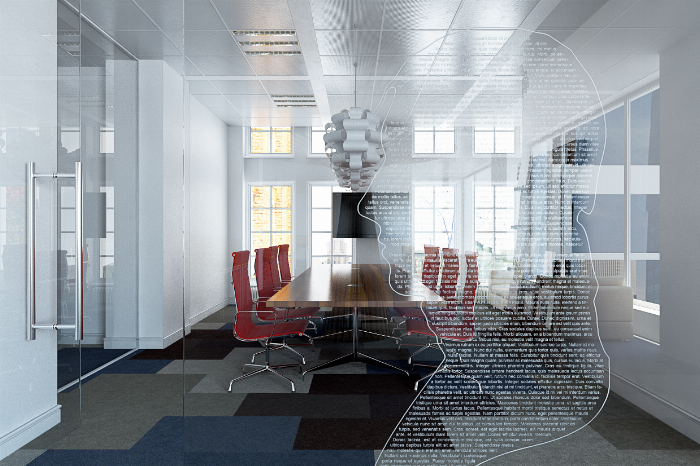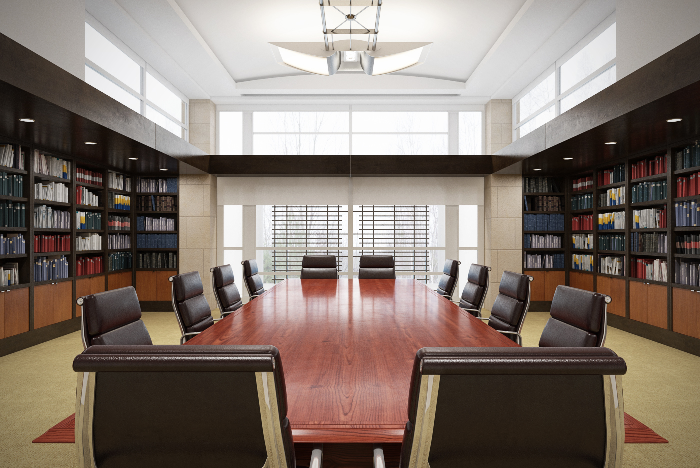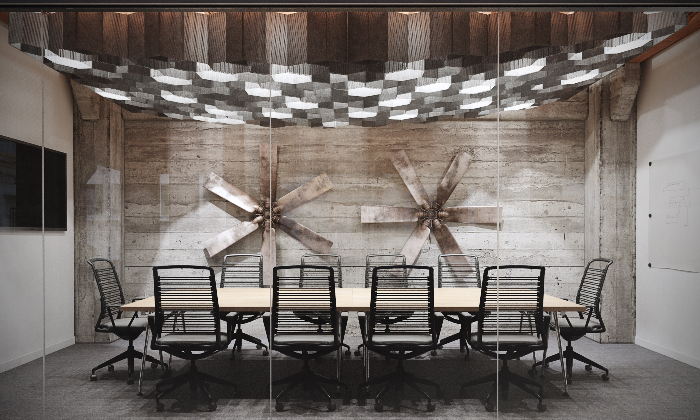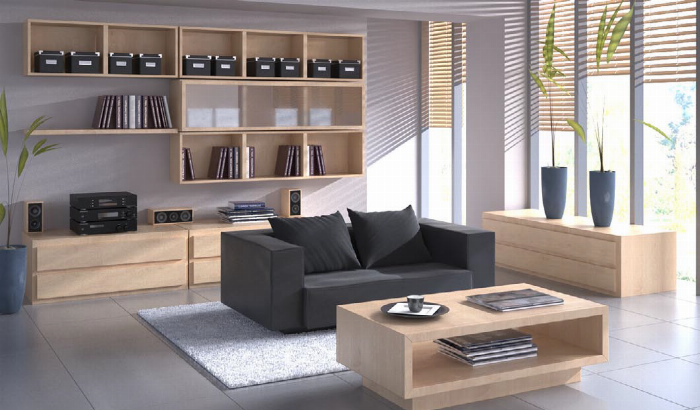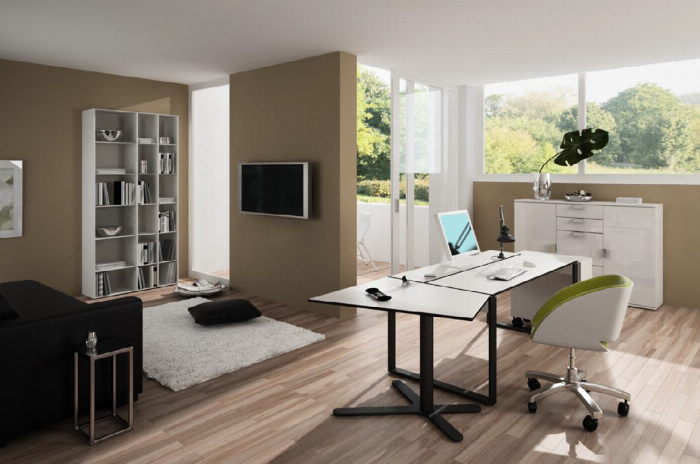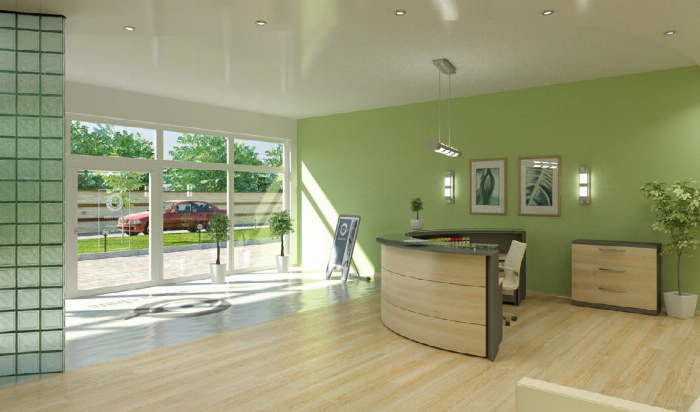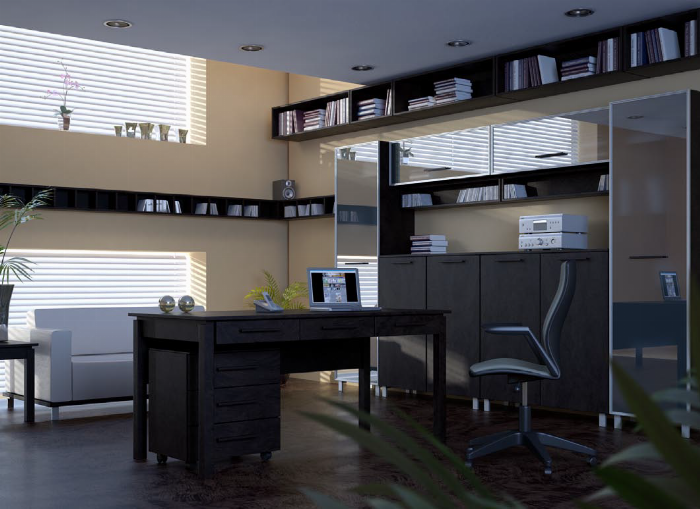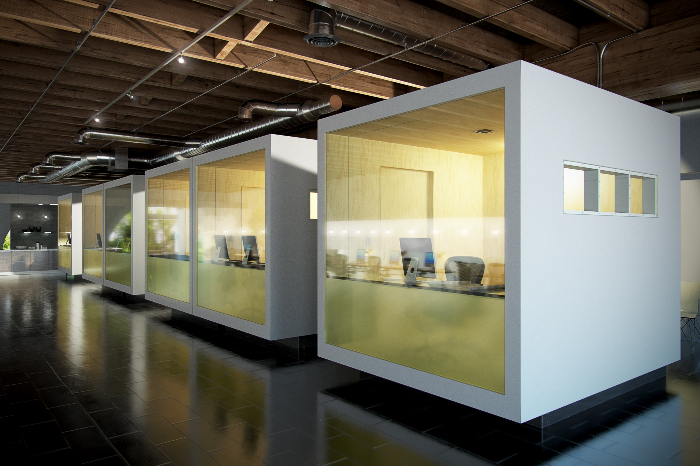When designing an office, there are several important elements to consider to create a space that is functional, comfortable, and conducive to productivity. One of the most important elements is the layout.
The office layout should be designed to facilitate communication, collaboration, and workflow. The layout should be flexible enough to allow for changes as the needs of the office evolve over time. Additionally, the office should be designed to provide adequate space for different tasks, including individual work, group work, and meetings.
Lighting is another important element for designing an office. The office should be well-lit to reduce eye strain and increase productivity. Natural lighting is preferred, but if this is not possible, artificial lighting should be carefully considered to provide a comfortable and inviting workspace.
Furniture and equipment selection are also important considerations in office design. The furniture should be comfortable, ergonomic, and conducive to productivity. Equipment, such as computers and printers, should be placed in convenient locations and should be easy to use.
Color and decor are additional elements to consider when designing an office. The color scheme should be chosen carefully to promote a positive and productive atmosphere. Decor should be minimal but tasteful, and should complement the overall design of the space.
Finally, sustainability is becoming an increasingly important element in office design. Sustainable materials and practices can be incorporated into the design to reduce the environmental impact of the office. By considering layout, space planning, lighting, Collaborative, open workspaces, Storage solutions, organization tips, reception area design, Conference room, break room, kitchen design, materials, ergonomic furniture and equipment selection, color and decor, and sustainability, designers can create an office space that is both functional and inviting.

